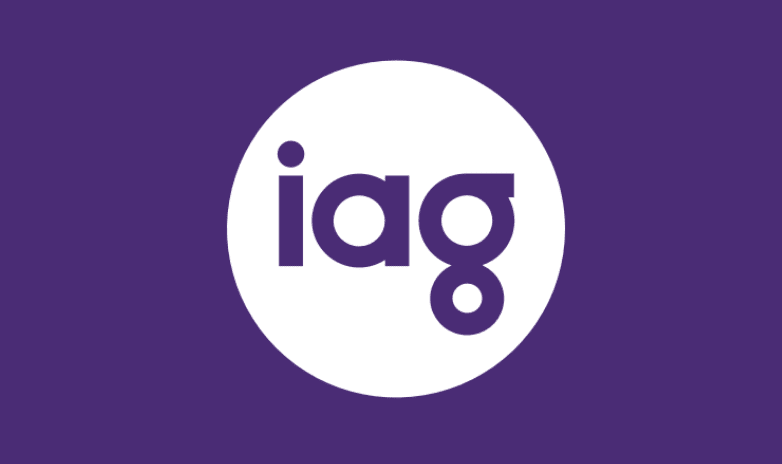IAG hikes natural perils budget 26%, as catastrophes and reinsurance costs bite

Australian insurance giant IAG has cited rising natural catastrophe and severe weather losses, alongside escalating reinsurance costs, as the two key drivers of lower margins for its last financial year.
For the 2023 fiscal year, IAG’s natural peril costs rose to $267 million above the budget it had set itself for the year.
So, for the next financial year IAG is again hiking the natural perils budget higher, this time adding a significant 26%, to take it to $1.147 billion for fiscal year 2024, up from $909 million this year.
Nick Hawkins, IAG Managing Director and Chief Executive Officer, explained, “FY23 was another significant perils year and we saw the devastating impacts of multiple large-scale events across Australia and New Zealand on our customers and communities. We are now moving to warmer and dryer conditions which should see a shift away from rain dominated claims.
“We’ve increased our FY24 natural perils allowance by 26% to $1.147b, up from $909m in FY23.”
While also saying that on reinsurance expenses, “We estimate around 20% of premiums we collect now cover reinsurance costs and the perils allowance.
Inflation has also been a factor affecting IAG, with the insurer reporting today that home and motor claim costs were driven higher by elevated inflation, while this alongside the natural perils experience and reinsurance expense are eroding margins.
IAG’s underlying insurance margin narrowed to 12.6% for the fiscal year, down from 14.6% a year earlier.
IAG has, like other insurers, been raising its inwards premiums in response, with CEO Hawkins saying that an increase in GWP was “largely due to premium rises across the three businesses in response to inflation pressures and higher reinsurance and natural perils costs.”
Net natural perils claim costs for the fiscal year reached $1.206 billion, with the Auckland flooding event in January 2023 and Cyclone Gabrielle in February 2023, New Zealand’s second and third largest peril events on record, costing $284 million together, net.
Those loss amounts were both reduced by recoveries under IAG’s reinsurance program, the company said.
IAG commented on its recent renewals, which we had previously covered here, “These losses, in conjunction with ongoing concerns relating to claims inflation, ensured that there was continued pressure on reinsurance retentions. This resulted in an increase in global property catastrophe cover deductibles, however the upper levels of catastrophe placements remained well supported.”
Reinstating portions of its reinsurance program, after weather events in Australian and New Zealand, had cost IAG a further $67 million during the fiscal year.
IAG’s experience is much like the other insurance giants, in finding claims costs rising due to inflation and elevated catastrophe or weather losses, while costs have gone up on the reinsurance side.
At the same time as which the insurer is set to retain more of its future losses, given the higher attachments and increased property catastrophe reinsurance deductibles, all of which means the higher budget is warranted and margins are likely to be lower until it has hiked its inward premium rates a commensurate amount.
Finally, also worth noting is a further reduction in business interruption reserves at IAG, with its COVID reserves for business interruption claims more than halving in the last financial year, from $975 million at June 30th 2022, to now $400 million at the middle of 2023, having reduced by $200 million more in the last six months of the fiscal year.
That bodes well for those with collateral still trapped due to potential reinsurance claims against business interruption from the pandemic, as these figures and reserves continue to get reduced around the world.






